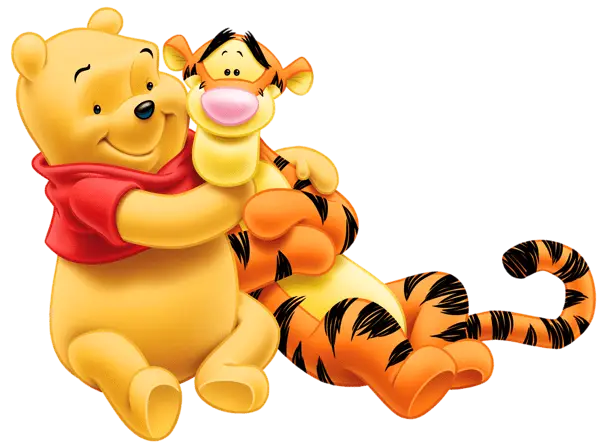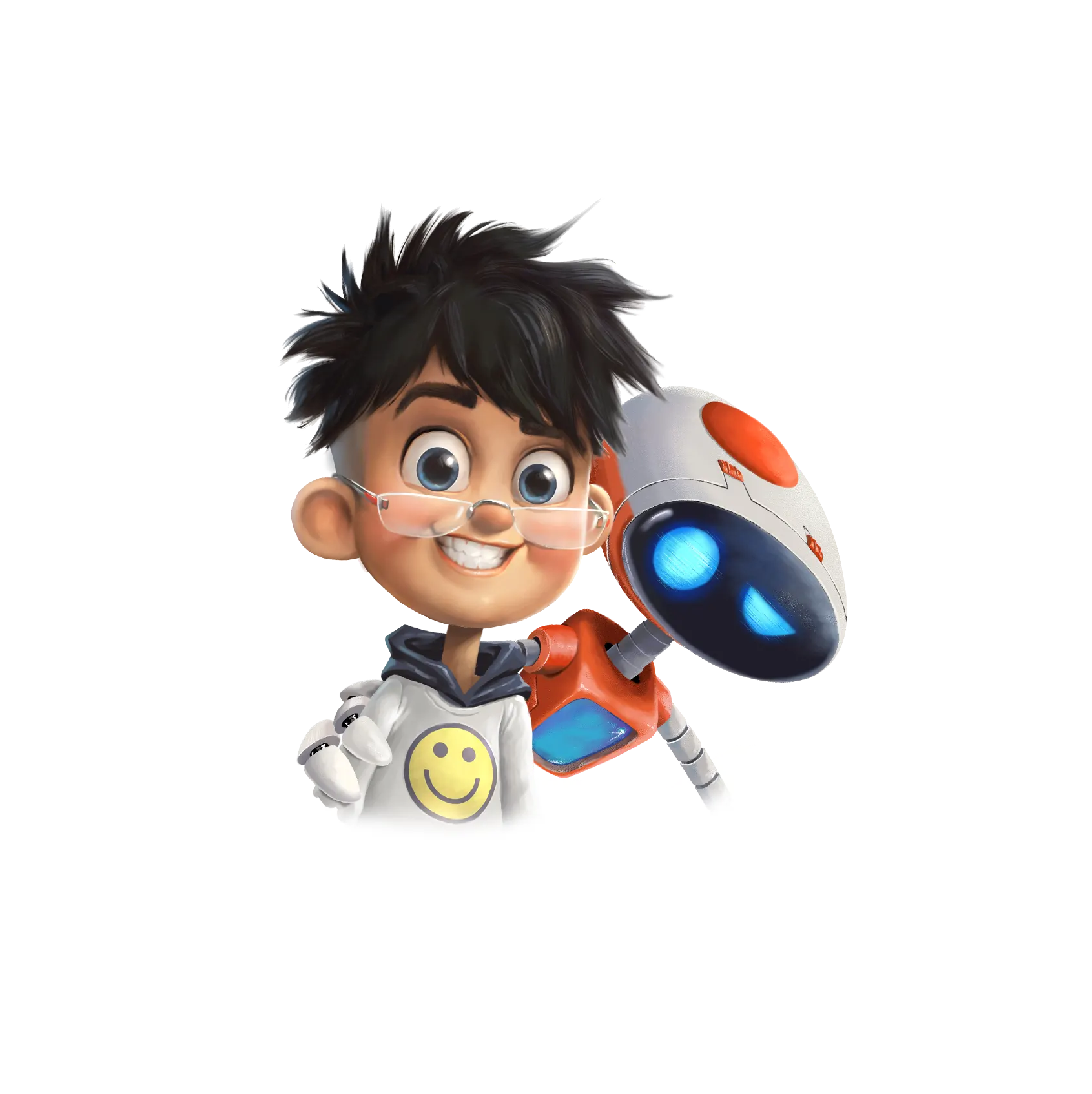How Animation Stories Make Us Feel: The Science of Emotional Connection
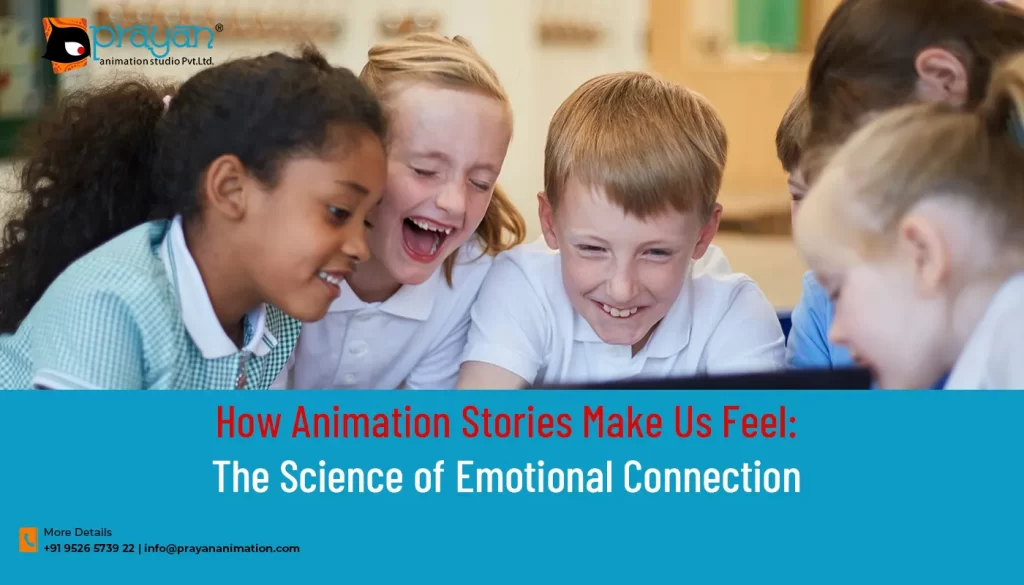
Animation stories, whether it is 2D animation or 3D animation, have a unique ability to evoke powerful emotions and create deep emotional connections with audiences. Several key factors contribute to this phenomenon, supported by the science of emotional connection. Let’s explore some of these elements:
Character Development and Empathy:
Animation allows storytellers to create diverse and relatable characters that resonate with viewers. As the characters undergo challenges, growth, and emotional arcs, audiences become emotionally invested in their journeys. This connection is strengthened through the development of empathy, where viewers put themselves in the character’s shoes and experience their emotions vicariously.
Visual Stimulation and Engagement:
Animation provides a visually rich and immersive experience. The use of vibrant colors, expressive facial features, and dynamic movements can capture the audience’s attention and trigger emotional responses. Different animation styles also evoke specific emotions; for example, cute and charming character designs can elicit feelings of warmth and affection.
Storytelling and Narratives:
A well-crafted story with strong emotional themes can profoundly impact viewers. Emotional storytelling often involves exploring universal human experiences, such as love, loss, friendship, or personal growth. Such narratives resonate with a broad audience, fostering a sense of shared emotional experiences.
Music and Sound Design:
The emotional impact of animation stories is heightened by the thoughtful use of music and sound effects. Music can influence the mood and atmosphere of a scene, evoke specific emotions, and enhance the overall emotional connection with the audience.
Escapism and Catharsis:
Animation allows viewers to escape from reality and enter fantastical worlds where they can temporarily disconnect from their everyday concerns. Through this escapism, animation provides an avenue for emotional catharsis, where audiences can release pent-up emotions and find solace or relief in the stories they experience.
Nostalgia and Childhood Associations:
For many viewers, animation is associated with cherished childhood memories and experiences. Revisiting animated stories can evoke feelings of nostalgia, triggering positive emotions and a sense of comfort and familiarity.
Symbolism and Metaphors:
Animators often use symbolism and metaphors to convey complex emotions and ideas. These artistic choices allow viewers to interpret the story on multiple levels, fostering a deeper emotional connection as they engage with the underlying themes.
Social and Cultural Influences:
Animation stories can reflect and address social and cultural issues, which can deeply resonate with audiences who identify with those themes. When an animated story tackles relevant and impactful topics, it can evoke strong emotions in viewers who feel connected to the subject matter.
Overall, the science of emotional connection in animation stories is a combination of artistic creativity and an understanding of human psychology. By employing these elements effectively, animators can create narratives that not only entertain but also evoke profound emotions and leave a lasting impact on their audiences.



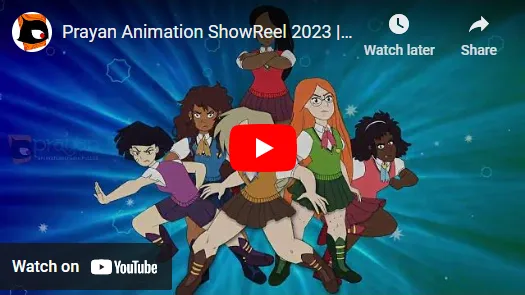
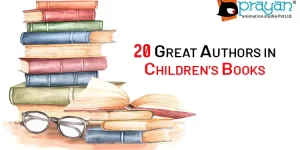
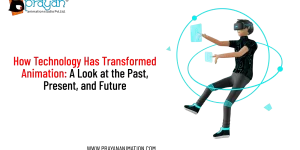
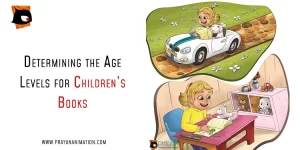

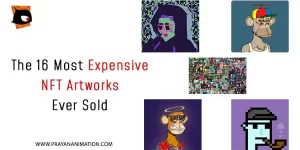




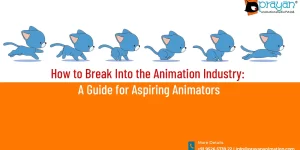
 We can help you.
We can help you. 

